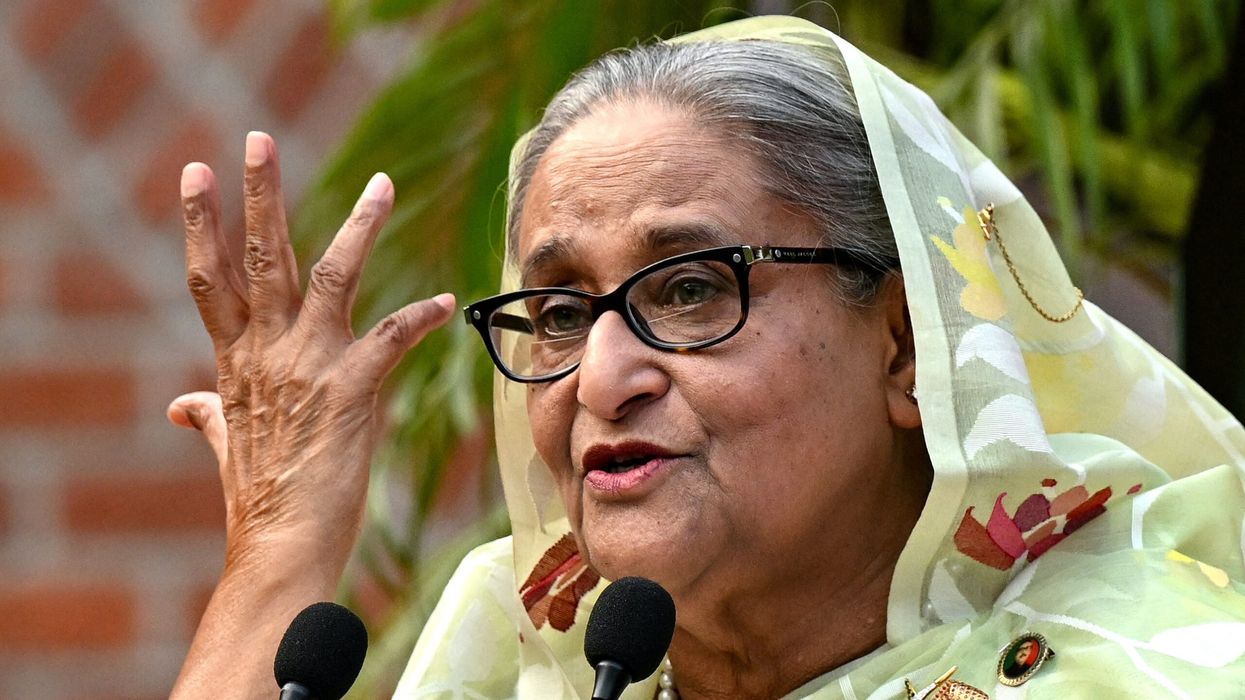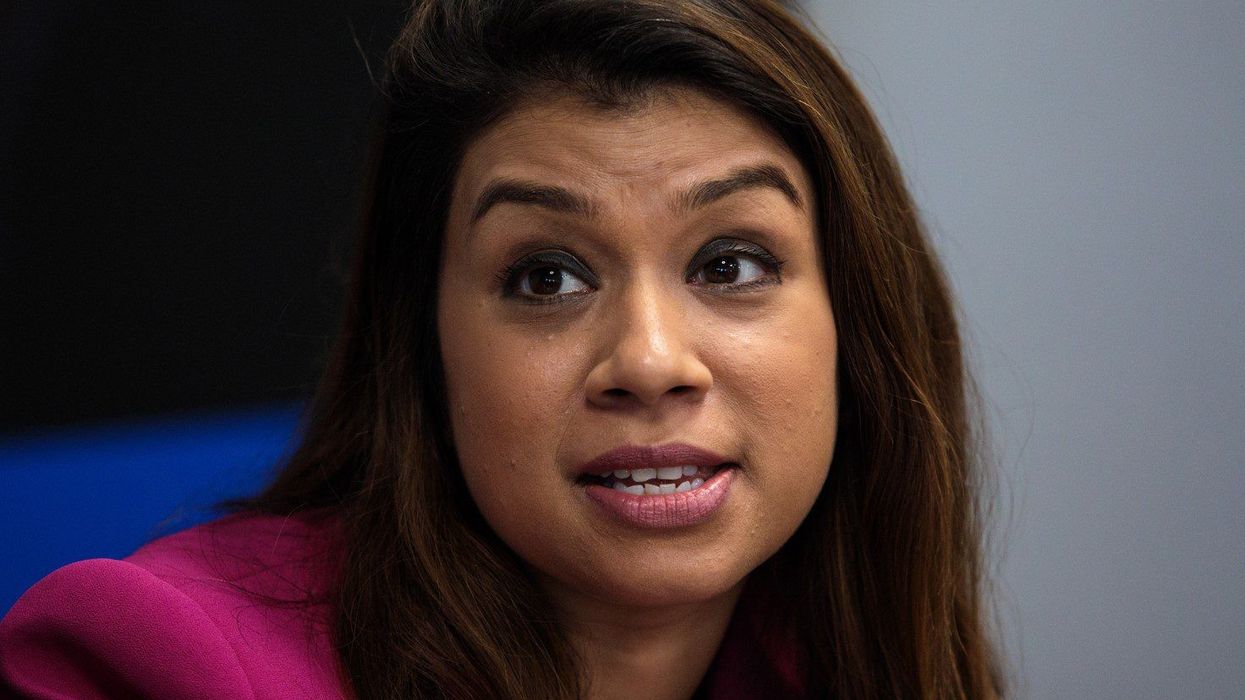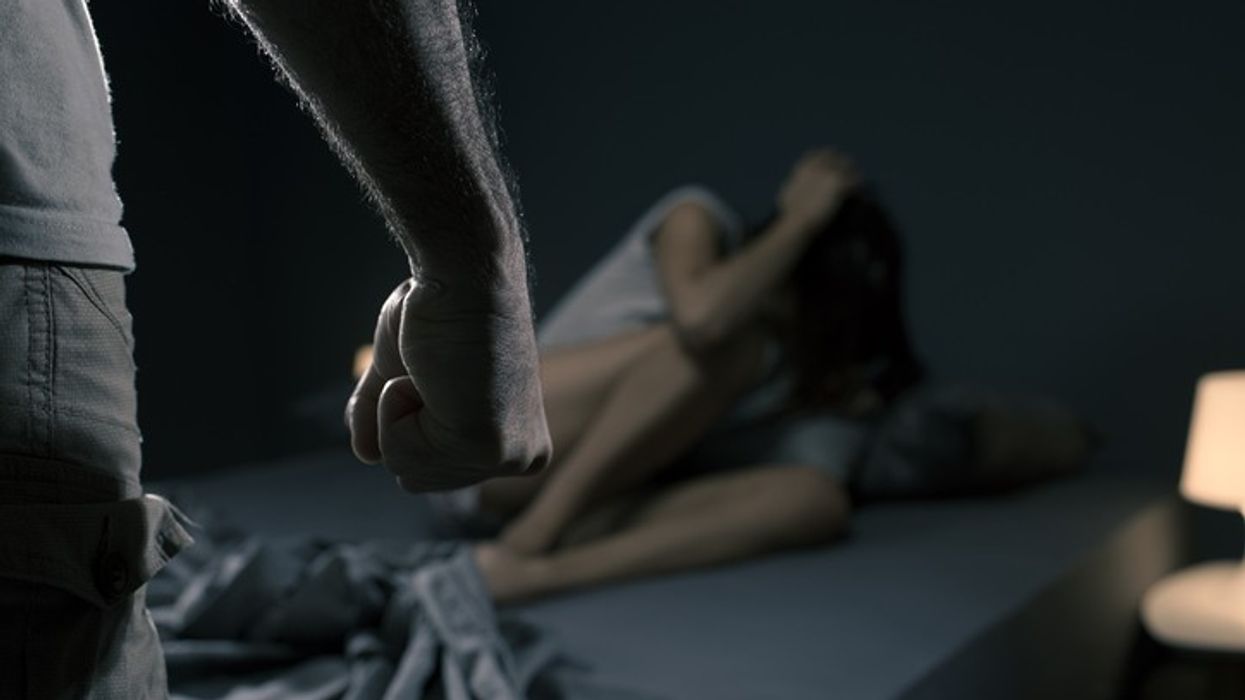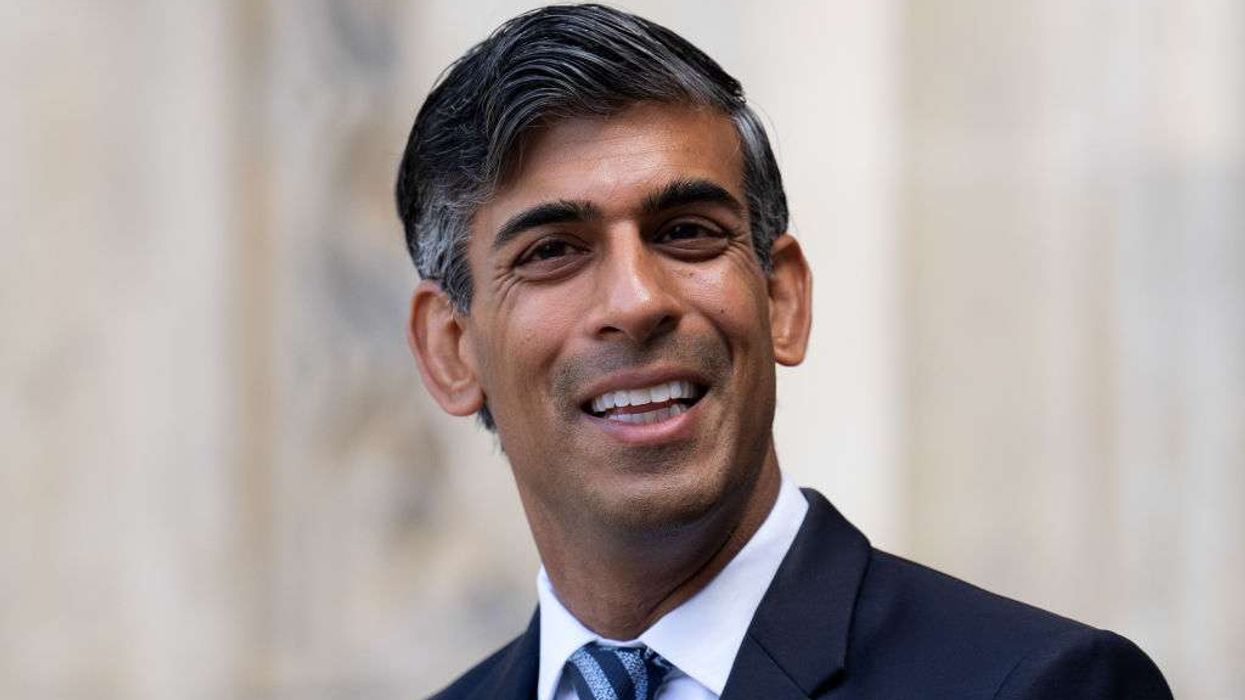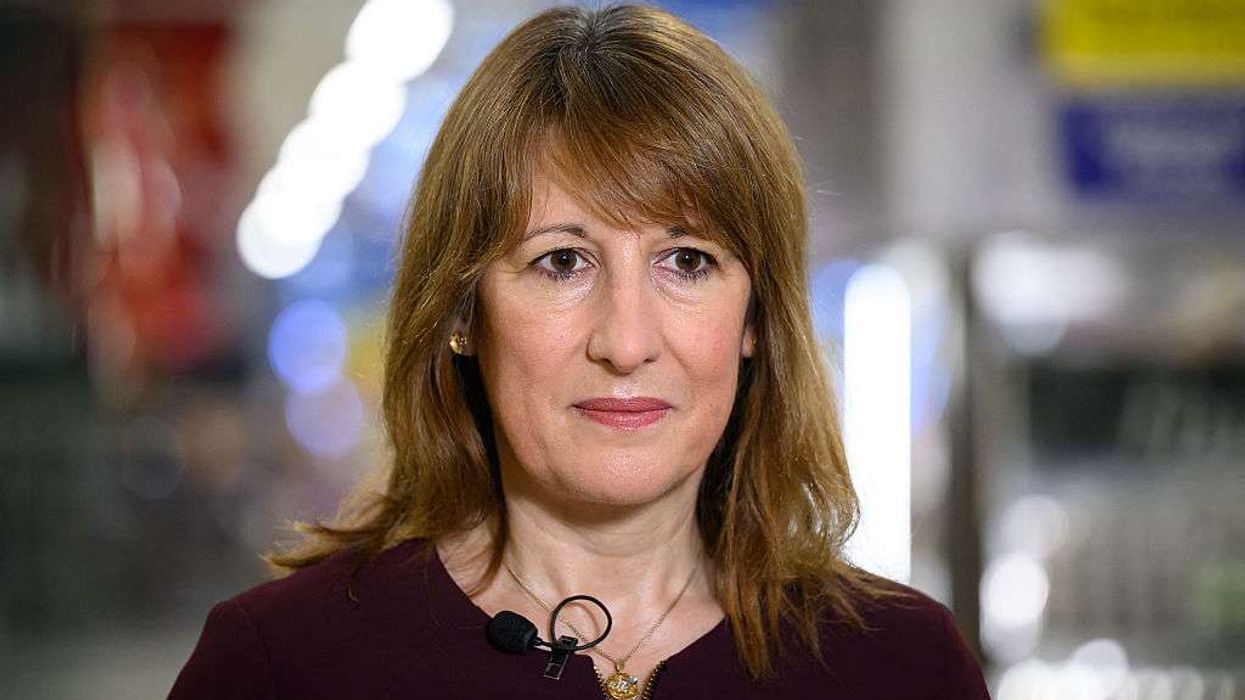BANGLADESH's interim government on Saturday banned all activities of the Awami League, the party of former prime minister Sheikh Hasina, as it faces trial over a crackdown on protests that led to Hasina’s removal last year.
The United Nations said up to 1,400 protesters were killed in July 2024 during action taken by Hasina's government against opposition supporters.
Hasina is currently in self-imposed exile in India and has not responded to an arrest warrant issued in Dhaka, where she faces charges of crimes against humanity.
"It has been decided to ban the activities –– including in cyberspace –– of the Awami League under the Anti-Terrorism Act until the trial of the Awami League and its leaders ends," said Asif Nazrul, a government advisor on law and justice.
Muhammad Yunus, who has been leading the interim government since Hasina’s ouster, is a Nobel Peace Prize laureate.
Nazrul said the move was meant to protect the country's "sovereignty and security" and "the security of the protesters" as well as "the plaintiffs and the witnesses of the tribunal."
The interim administration also passed an amendment to the International Crimes Tribunal Act, which will now allow prosecutions of political parties and affiliated organisations.
The Awami League dismissed the move and described the ban as "illegitimate."
The announcement followed a large protest on Friday outside Yunus's residence, where thousands demanded that Hasina's party be banned.
On Thursday, former Awami League leader Abdul Hamid, who is under investigation, left the country.
Officials said at least three police officers in charge of airport monitoring have been dismissed for negligence after Hamid’s departure.
(With inputs from agencies)
